14. Violent Cop (Takeshi Kitano, 1989)
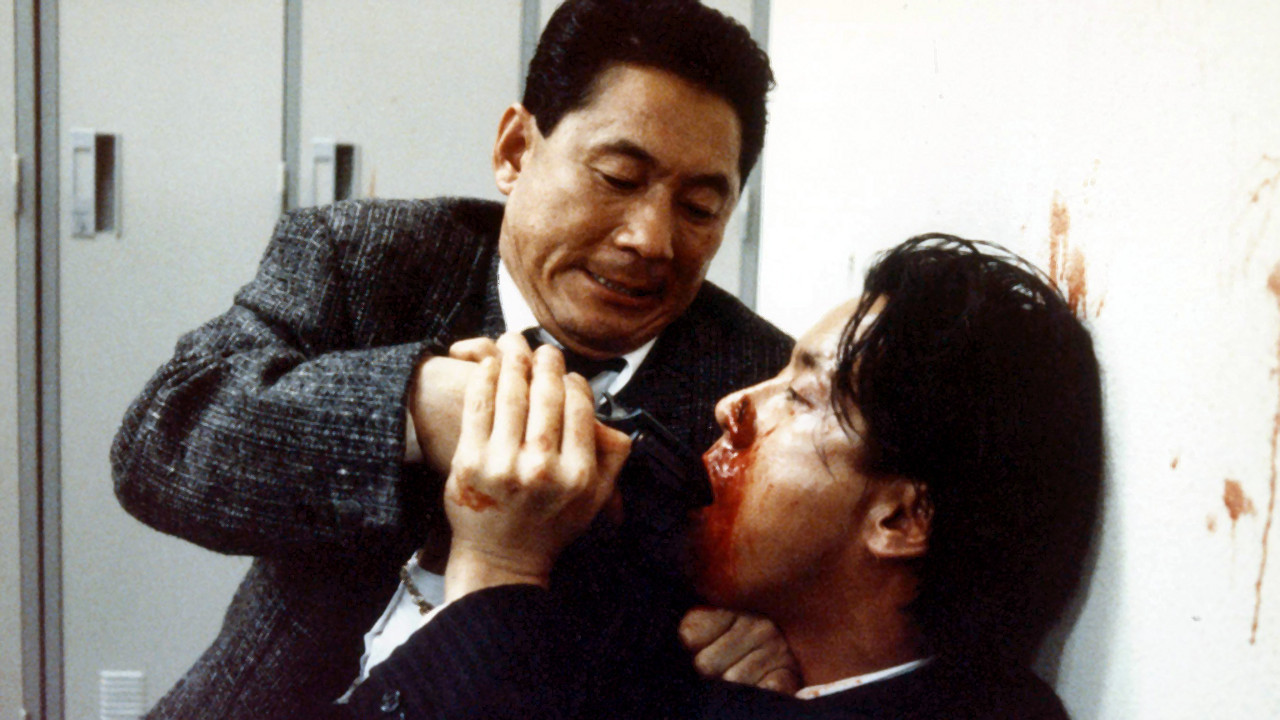
Kitano plays Azuma, a violent cop who also has to take care of his sick sister, Akari. When a drug dealer is found murdered, he discovers the involvement of his colleague and friend, Iwaki, who commits suicide shortly after, due to the disclosure. After awhile, Azuma learns that Kiyohiro, a Yakuza, had something to do with Iwaki’s death and arrests him; however, his men abduct Akari. Azuma then decides to free her on his own, turning into a person wholly oblivious to the law and any kind of ethical perspective.
Kitano creates a hero, much like a Clint Eastwood character, who is the only one who understands that in order to confront contemporary criminals, you have to be at least as violent and cruel as they are. After a point, though, the boundary between the two becomes invisible.
Many aspects that later became known in Kitano’s filmmaking style can be found in “Violent Cop”: the Yakuza theme, the extreme violence, the concept of “one against the world”, the anti-hero lead, the scarce dialogue, the long master shots, and the restrained acting, all have their roots in this particularly dark and violent police drama.
13. The Family Game (Yoshimitsu Morita, 1983)
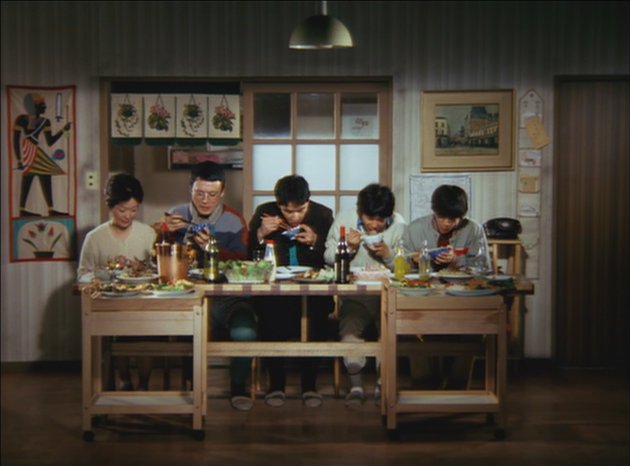
Based on the homonymous novel by Yohei Honma, “The Family Game” was one of the best films of 1983, second only to “The Ballad of Narayama”
The film tells the story of the Numata family, focusing on the younger son, Shigeyuki. Kosuke, the father, has a job that allows his wife to stay at home and for the two sons to attend expensive private schools. Shinichi is the prodigy of the family, living up to every expectation of his parents. Shigeyuki, on the other hand, is intelligent, but underachieving in school.
As the time for the university entrance exams are near, Kosuke hires a private tutor for him, Katsu, who proceeds to use violence on Shinichi in order to shape him up. Despite his extreme methods, which also include lessons in self-defense, the young man’s grades go up.
Yoshimitsu Morita directs a dark social satire about the dead ends of the middle class, which was newly formed at the time. The mocking is everywhere and is presented in stylish and hilarious fashion.
The irony starts from the house itself, which is utterly claustrophobic and extends to the members of the family. The father only shouts orders but never actually gets involved, and the mother acts as a timid servant. Furthermore, in Shigeyuki’s school, the teachers are cynical and the relationships among students end up in bullying.
In that fashion, Morita presents a harsh critique of Japanese society, with sharp but accurate humor.
12. Angel’s Egg (1985, Mamoru Oshii)
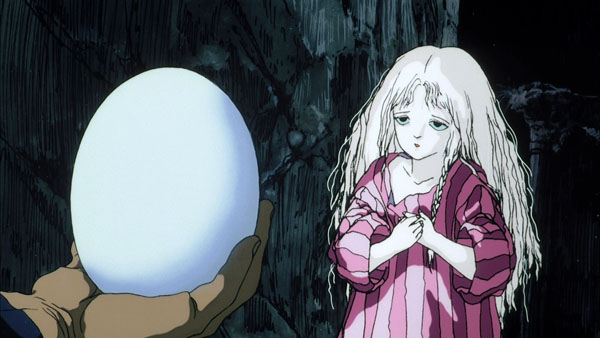
“Angel’s Egg” stands apart from the rest of the anime titles on the list for a number of reasons. For starters, it was released in home format, without prior showing on television or theatres (the term is OVA). Secondly, it was a collaboration between two highly significant individuals of Japanese entertainment, Yoshitaka Amano (designer of “Final Fantasy” games, “Gatchaman”, “Vampire Hunter D”) and Mamoru Oshii (creator of “Ghost in the Shell”).
Lastly, featuring very little dialogue and retaining a surrealistic essence, it was vastly different from the regular productions of the time, and it was very hard to describe.
The story starts at sunset and ends at sunrise, and between these periods, two characters, a girl holding an enormous egg and a man who tries to win her trust, wander through an empty world. The rest of the film is more of a collage of impressive images and animation than an actual movie.
11. A Taxing Woman (Juzo Itami, 1987)
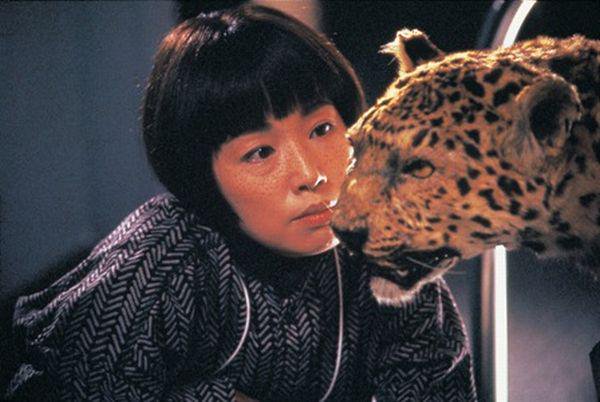
The film revolves around Ryoko Itakura, a divorced woman who is currently working for the National Tax Agency in order to support herself and her 5-year-old son. However, and despite her appearance of a middle-class woman, Ryoko is a relentless hunter of tax crimes, who never actually stops working. However, everything changes when she starts investigating Hideki Gondo, a gangster who owns a love hotel.
Juzo Itami directs another satire, this time about the polarization of Japanese society between the ones who try to keep their earned money in every way possible, and the ones who are dedicated to seeing that the government gets its fair share. What is clear, though, is that both sides do not care for anything else, as exemplified by the fact that Ryoko has left her 5-year-old son to grow up on his own.
Among these social comments stands the unlikely bond of the gangster with the tax inspector.
Nobuko Miyamoto as Ryoko and Tsutomu Yamazaki as Hideki Gondo give great performances.
10. Tetsuo (Shinya Tsukamoto, 1989)
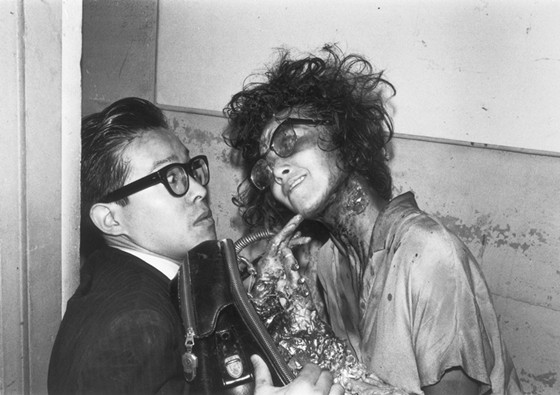
The extreme depiction of violence, which became one of the rules of Japanese cinema during the last few decades, was largely based on this film, which established Shinya Tsukamoto as an international cult filmmaker and resulted in two sequels.
A car accident victim sticks a metallic tube in his thigh, an impulse after which his body is taken over by a metal. Something similar also occurs with the perpetrator of the accident, and the action begins. Women raping with metallic phalli, sex with penises in the form of electric drills resulting in murder, hunting in dark corridors, bodily fluids, and a final confrontation between two beings that are more machines than humans, are only a few of the grotesque spectacles in “Tetsuo”.
Shinya Tsukamoto used a 16mm camera and shot a low-budget, black and white film that looks like a nightmarish video clip, an outcome intensified by the extreme noise music and the restless movement of the camera. The message concerning technophobia and the loss of humanity for the sake of technology is evident. However, even more apparent is the fact that the director aimed to shock through extreme violence, a purpose he completely fulfilled.
Lastly, the onerousness of the film is even more heightened by the acting of Tomorowo Taguchi and Kei Fujiwara, who manage to elaborately portray the terror, the despair, the paranoia, and the sexual drive of their characters.
9. Nausicaä of the Valley of Wind (Hayao Miyazaki, 1984)
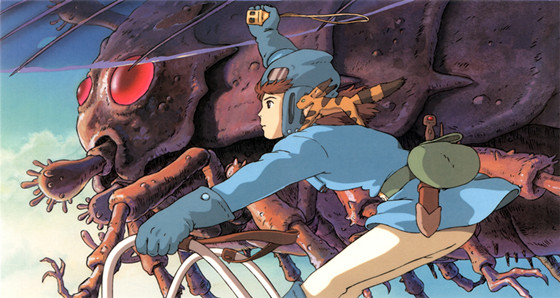
This particular anime was the one that introduced Hayao Miyazaki to the world.
A thousand years have passed after the “Seven Days of Fire”, a war that destroyed civilization and created the Toxic Jungle, a poisonous forest swarming with giant mutant insects. Humanity now tries to survive in little cities and villages as the “Valley of the Wind”, where Princess Nausikaa is in charge. She tries to protect her people from the jungle and especially from the Ohms, giant trilobite-like creatures, although her goal is to find a way to coexist with them.
However, troops from the kingdom of Tolmekia arrive at one point, whose purpose is to use a bio-weapon that was implemented during the war to destroy the Toxic Jungle.
Hayao Miyazaki wrote the homonymous manga and directed an anime that entailed a number of the characteristics that would later make him globally famous. Teenage heroes and adult villains, respect toward nature, anti-war messages, pure love, and flying are all present here, depicted through a post-apocalyptic environment.
Furthermore, the film entailed exquisite drawing and impressive colors, although the decay of the world where the anime takes place is also technically evident. Lastly, “Nausicaä of the Valley of the Wind” included a wonderful soundtrack by Joe Hisaishi and was released with a recommendation from WWF for its ecological messages.
8. Tampopo (Juzo Itami, 1985)
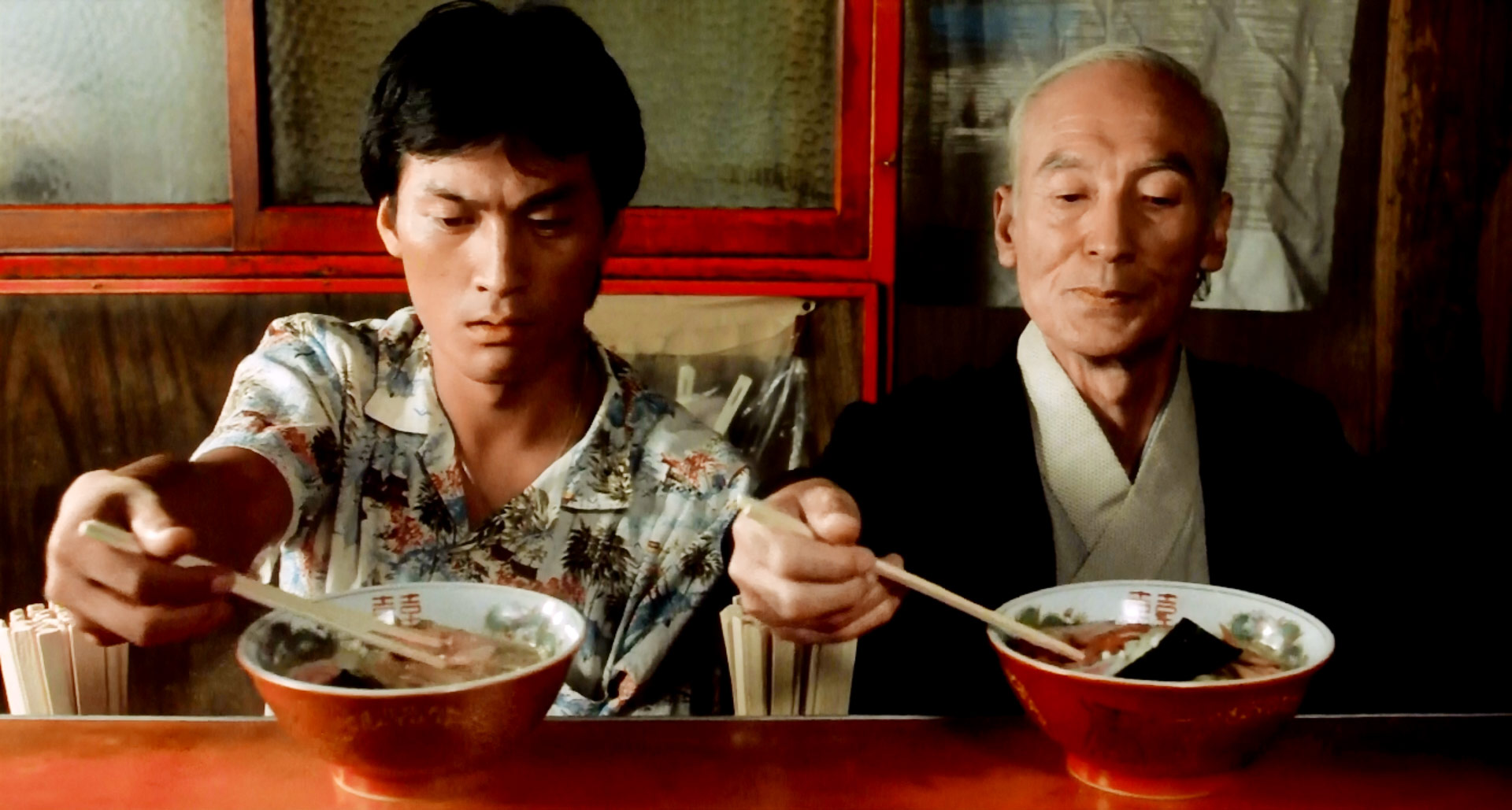
“Tampopo” was one of the most successful films of the 80s, garnering praise from both critics and audience.
Two truck drivers, Goro and Gun, stop at a small local ramen shop to eat. When a customer starts bothering the proprietress, Tampopo, Goro challenges him and his gang, in a fight that, despite his heroics, ends up with him unconscious in Tampopo’s house. The next day, the woman asks him his opinion of her noodles. As Goro points out the faults in her cooking, she asks him to remain in the shop to teach her the proper way of making noodles.
Juzo Itami directs a food film that works on many other levels. In that fashion, it includes western-like fights, romance, and even eroticism. Furthermore, as he combines comedy with absurdness, it also includes a housewife who gets up from her deathbed to cook for her family, another one obsessed with food etiquette, an older woman who is obsessed with squeezing food, and other sequences that border on the surrealistic, but actually make “Tampopo” a unique spectacle.
The film features a wonderful cast, including Tsutomu Yamazaki, Nobuko Miyamoto, Koji Yakusho and Ken Watanabe, all of whom give splendid performances.